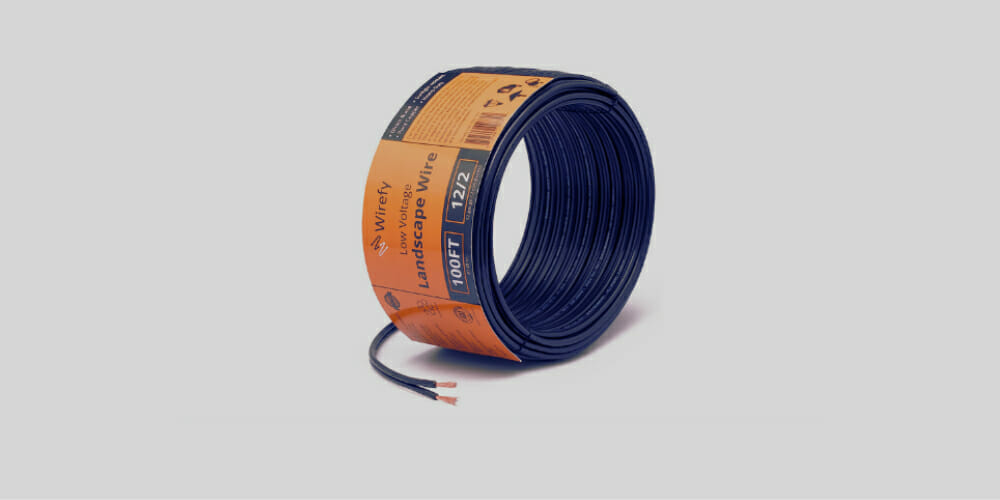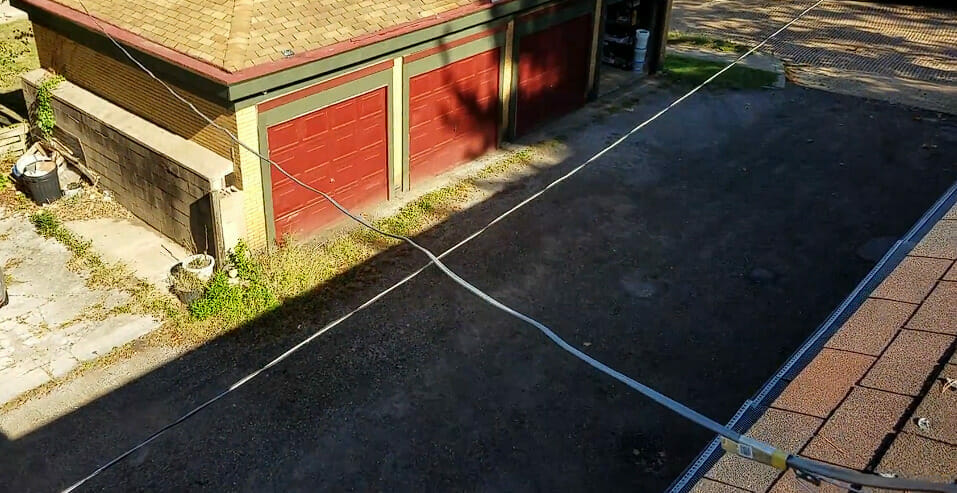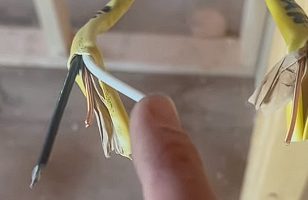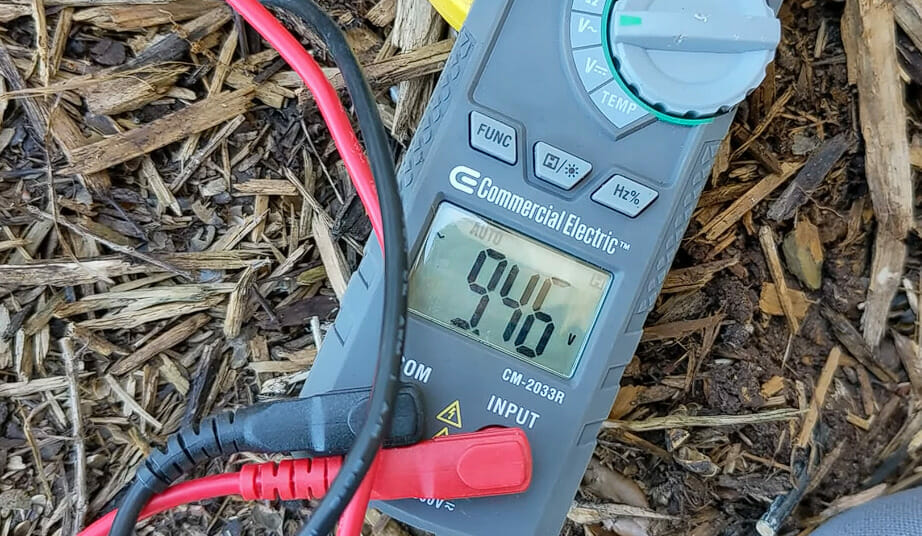How Far Can You Run 12/2 Wire? (Factors to Consider)

Okay, let’s dive right in. How far can you run the 12/2 wire?
Key Takeaways – To give it straight, the general rule of thumb is that the maximum length for a circuit with 12 gauge wire and a 20 amp breaker should not exceed 100 feet.
But wait! Before you grab your measuring tape and start plotting out your wiring project, there are some important considerations to remember. Things such as load demand and voltage drop could potentially affect this distance.
That said, I’ll walk you through these factors together. Let’s get started!
Understanding the Limitations of 12/2 Wire for Long Distance Runs

So, you’ve got a spool of 12/2 wire, and you’re wondering, “How far can I run this thing?” Well, let’s dive into that question. It’s important to understand the limitations of 12/2 wire for long distances.
First off, the length of a cable run matters. Why? Because electricity isn’t perfect—it loses strength as it travels along a wire in a voltage drop.
This is particularly true with longer runs. With 12/2 wire, you’ll see a noticeable voltage drop after about 100 feet.
Here are some numbers to give you an idea:
| Wire Length (feet) | Voltage Drop |
|---|---|
| 50 | Minimal |
| 100 | Minimal to Noticeable |
| 150+ | Significant |
Don’t get me wrong—I’m not saying you can’t use your trusty old 12/2 for longer runs! But there could be consequences like dimmer lights or slower-running appliances due to less power reaching the destination.
Next up: load capacity. Load capacity is how much electrical current a wire can safely carry without overheating and potentially causing a fire.
The 12/2 wire limits typically around 20 amps. So if your circuit will draw more than that—you might want to consider stepping up your wiring game!
Factors Influencing Wire Run Lengths
Let’s dive deeper into the key factors influencing how far you can run 12/2 wire. Don’t worry; I’ll break it down so it’s easy to digest.
Wire Length

First off, wire length is a biggie. It seems simple enough—the longer the wire, the farther you can run it, right? Well, yes and no.
While you can technically use a long piece of wire, there’s an important caveat: the longer your wire is, the more resistance it has. This means your electrical current has to work harder to get where it’s going.
Wire Material

Next up on our list is wire material. Not all wires are created equal! Copper and aluminum are two common materials used in wiring. Copper is typically better at conducting electricity than aluminum but comes with a higher price tag because of its superior performance.
Ambient Temperature
Thirdly, we’ve got an ambient temperature, believe it or not! If your wire gets too hot or too cold, this can affect how efficiently electricity flows through it.
Load Capacity
Last but certainly not least, we must consider load capacity, and how much power you’re trying to send through that wire.
The heavier your load (think big appliances like electric ovens), the shorter distance you can run your 12/2 wire.
| Factor | Effect on Wire Run |
|---|---|
| Wire Length | Increased resistance; reduces efficiency |
| Wire Material | Copper conducts better than aluminum, which impacts the cost |
| Ambient Temperature | Extremes impact efficiency |
| Load Capacity | Higher loads shorten possible distances |
Remember these factors next time you plan some DIY electrical work, and remember – safety first!
Voltage Drop: What Is It and Why It Matters

Wait, hang on a second. Let’s talk about something that might seem a little technical but is super important if you plan to run your 12/2 wire a long distance – voltage drop.
So what’s this voltage drop thing? Well, in the simplest terms, it’s the decrease in electrical potential along the path of a current flowing through an electrical circuit.
Too much jargon? Okay, think of it like this: You know how when you’re running a long race, and you start all energetic, and by the end, you’re dragging your feet because you’ve used up all your energy?
That’s pretty much what happens with electricity over a long wire.
This is why voltage drop matters:
- Power Loss: If there’s too much voltage drop, your appliances won’t get enough power to work properly. Imagine running your fridge or AC on half power—not cool!
- Safety Risks: Excessive voltage drops can cause overheating and even fire hazards! And we don’t want that.
Now that we’ve got that covered, let’s look at some key numbers:
| Length of Wire (Feet) | Maximum Voltage Drop (Volts) |
|---|---|
| 50 | 3V |
| 100 | 6V |
| 200 | 12V |
The longer your wire runs will be, the more careful you need to be about monitoring for voltage drops!
So why does all this matter when discussing how far you can run a 12/2 wire? Well, here’s where things get interesting.
When dealing with household wiring like our trusty old friend, the ’12/2′, understanding these concepts will help ensure everything works smoothly without surprises.
Nobody wants their Netflix marathon disrupted due to poor wiring choices!
References
Organizations:
- National Electrical Contractors Association (NECA). https://www.necanet.org/
- Institute of Electrical and Electronics Engineers (IEEE). https://www.ieee.org/
Website Resources:
- Mike Holt’s Enterprises. https://www.mikeholt.com/
- The Engineering Toolbox. https://www.engineeringtoolbox.com/index.html
Image References:
Video References:
VideoJoeShows
themrhelperguy
The Excellent Laborer
AK Lighting
